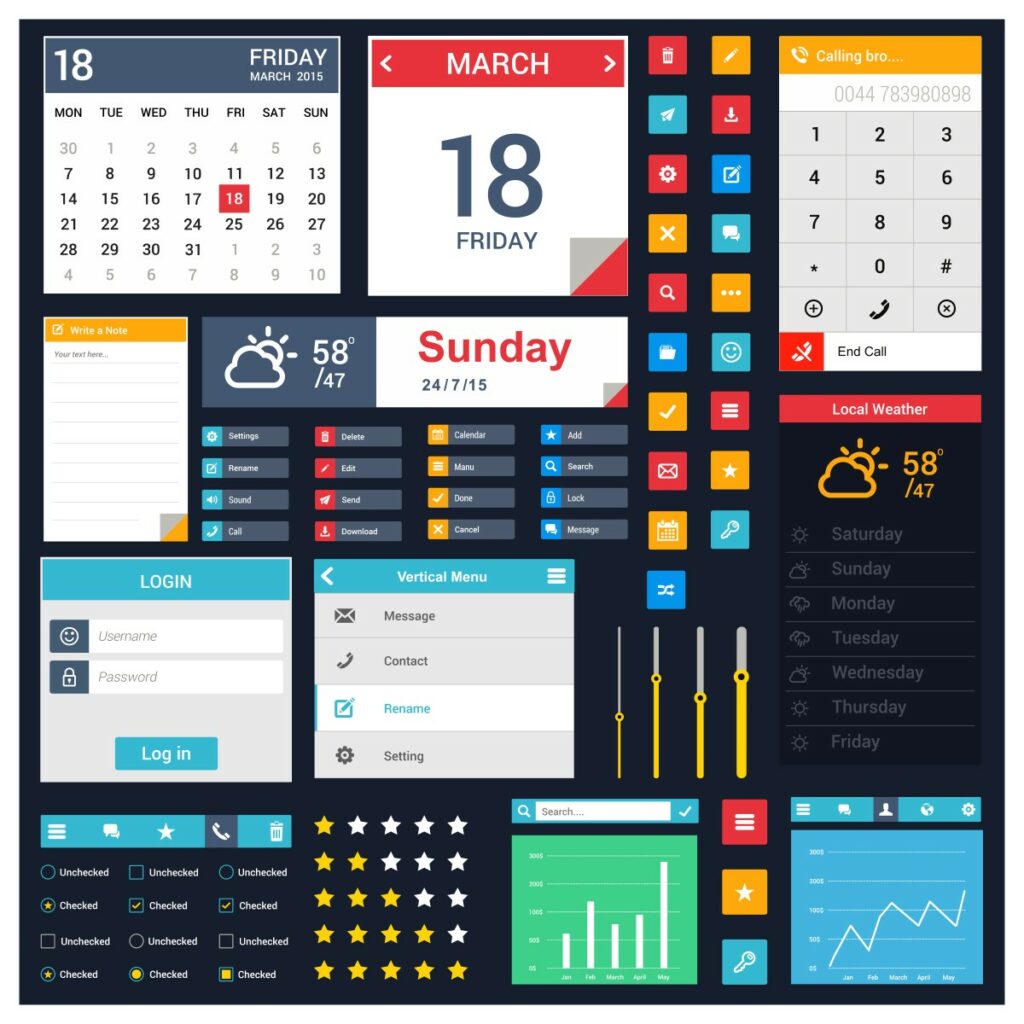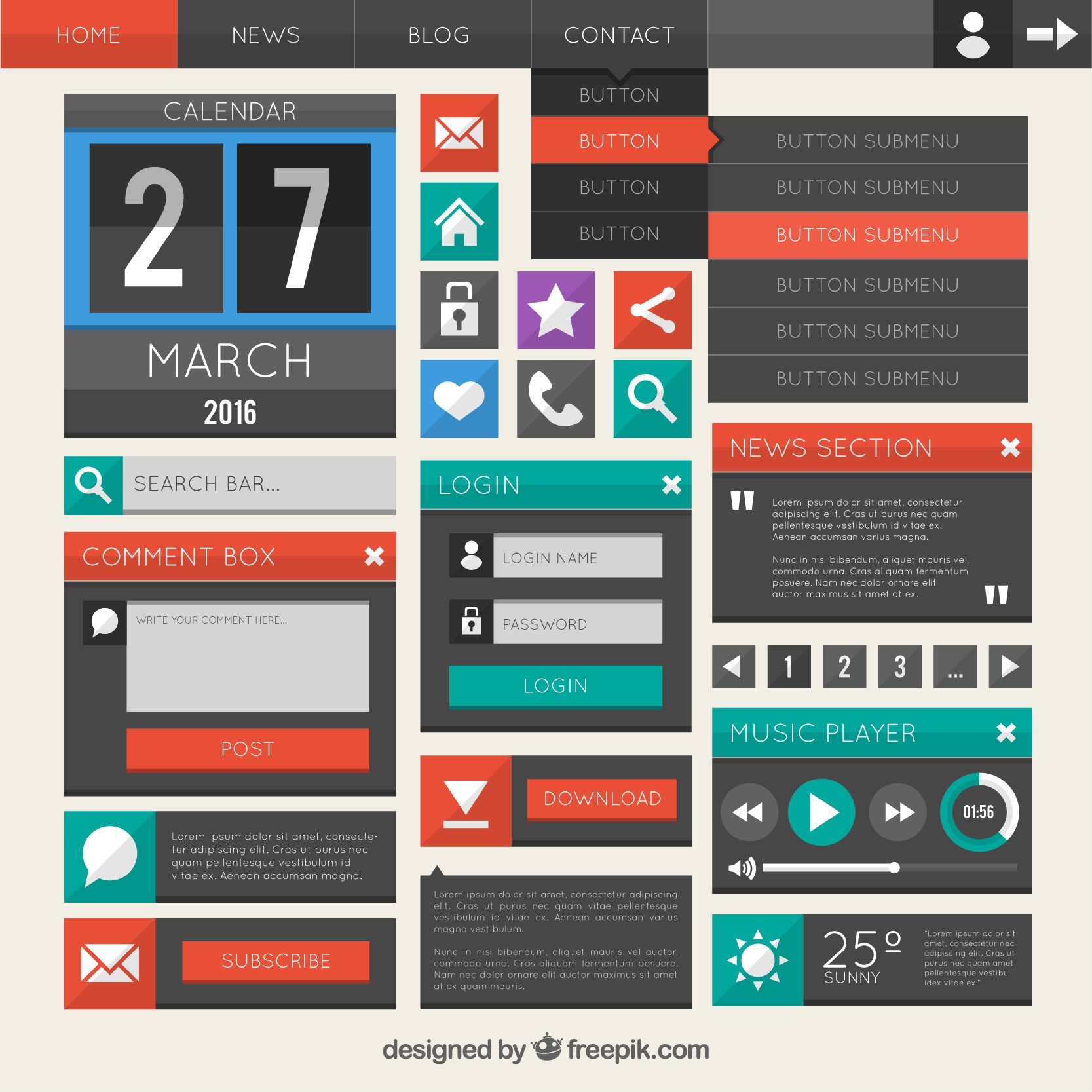WordPress is a popular and powerful blogging platform, but it doesn’t come with a lot of built-in functionality. That’s where widgets come in! WordPress widgets are little bits of code you can add to your blog or website that do things like show off your latest blog post, show the latest comments, or even display your latest Twitter follower count.
This guide will show you how to create a WordPress widget for your blog or website. Once you have created your widget, you can use it to enhance your blog experience and make your website more interactive.
Ready to get started? Let’s find out more about WordPress Widget.
What is WordPress Widgets?

A WordPress widgets is a little piece of code you can add to your blog or website that does something useful. Widgets are a great way to add extra functionality to your blog and make your website more interactive.
WordPress widgets are free and easy to install. Once you have created your widget, you can use it to enhance your blog experience and make your website more interactive.
How to Create a WordPress Widgets?
The following steps will show you how to create a WordPress widgets for your blog or website:
1. Go to your WordPress blog or website and log in.
2. Click on “Appearance” in the menu bar at the top of the screen.
3. On the “Widget” page, click on the “Add New” button.
4. In the “Widgets” section, select “WordPress Widgets” from the drop-down menu.
5. In the “Type” field, select “Text Widget” from the list of options.
6. In the “Name” field, enter a name for your widget (e.g., “My Blog Post Widget”).
7. In the “Description” field, provide a brief description of your widget (e.g., This is a widget that shows my latest blog post).
8. Click on the Save button.
9. Your widget will now be displayed on the Widget page.
10. To add your widget to a blog post or website page, simply click on the widget and enter the relevant data (e.g., post title, content, etc.).
That’s all there is to it! Your widget is now ready to use and will enhance your blog experience and make your website more interactive.
What are the Benefits of Using WordPress Widgets?
The following are the benefits of using WordPress widgets:
1. Easy to install – WordPress widgets are free and easy to install. Once you have created your widget, you can use it to enhance your blog experience and make your website more interactive.
2. Useful – A great way to add extra functionality to your blog and make your website more interactive.
3. Free – They are free and available without charge.
4. Popular – WordPress widgets are popular and widely used.
5. Flexible – They are flexible and can be tailored to suit your needs.
6. Customizable – Widgets can be customized to look and feel like your own website.
7. Interactivity – It can be used to display data that is interacted with by the user (e.g., latest blog post, latest comment, etc.).
8. Increased traffic – Using WordPress widgets can increase traffic to your blog or website.
9. Increased engagement – It can be used to engage with your readers and make them more likely to visit your blog or website again.
10. Increased brand awareness – Using WordPress widgets can boost your brand awareness and help you to stand out from the competition.
What Type of Content to Use in WordPress Widgets?
The following are some examples of types of content that can be used in a WordPress widget:
1. Blog posts – The latest blog post can be used in a WordPress widget to display data that is interacted with by the user (e.g., latest comment, latest blog post,etc.).
2. Pages – The most recent page can be incorporated into a WordPress widget to present data that is worked upon by the user, such as the latest tweet or Facebook post.
3. Comments – Utilizing the most recent comment in a WordPress widget, it is possible to display information that is actively engaged by visitors (e.g., latest response, all-time high of comments or replies; etc.).
4. Photos – The latest photo can be used in a WordPress widget to display data that is interacted with by the user (e.g., most recent photo, latest album, latest group,etc.).
5. Videos – Using the latest video in a WordPress widget to showcase data that is interacted with by the user (e.g., most recent video, latest playlist, latest event, etc.).
6. Links – The most recent link is an ideal fit for incorporating into a WordPress widget, allowing users to interact with the data presented. (e.g., latest tweet, latest blog post link, etc.).
7. Polls – A poll can be used in a WordPress widget to allow your readers to vote on a topic (e.g., what they think are the best blog posts of the month).
8. Google Maps – Google Maps can be used in a WordPress widget to display data that is interacted with by the user (e.g., latest location, latest walking route, latest driving route, etc.).
9. Calendar – A highly relevant, up-to-date calendar event can be incorporated into a WordPress widget to offer users an opportunity to engage with information that is constantly updated. (e.g., latest meeting, latest birthday, latest holiday, etc.).
10. Weather – The latest weather conditions can be used in a WordPress widget to display data that is interacted with by the user (e.g., temperature, rainfall, wind speed, etc.).
Conclusion
Creating a WordPress widget is an easy way to enhance your blog or website, and provides users with an opportunity to interact with data that is constantly updated. Whether you are looking to display the latest blog post, latest comment, latest photo or latest video, a WordPress widget can be the perfect solution.
If you are unsure about how to create a WordPress widget, or need help incorporating data into a widget, feel free to reach out to us at SecurItPress. We would be happy to assist you.


